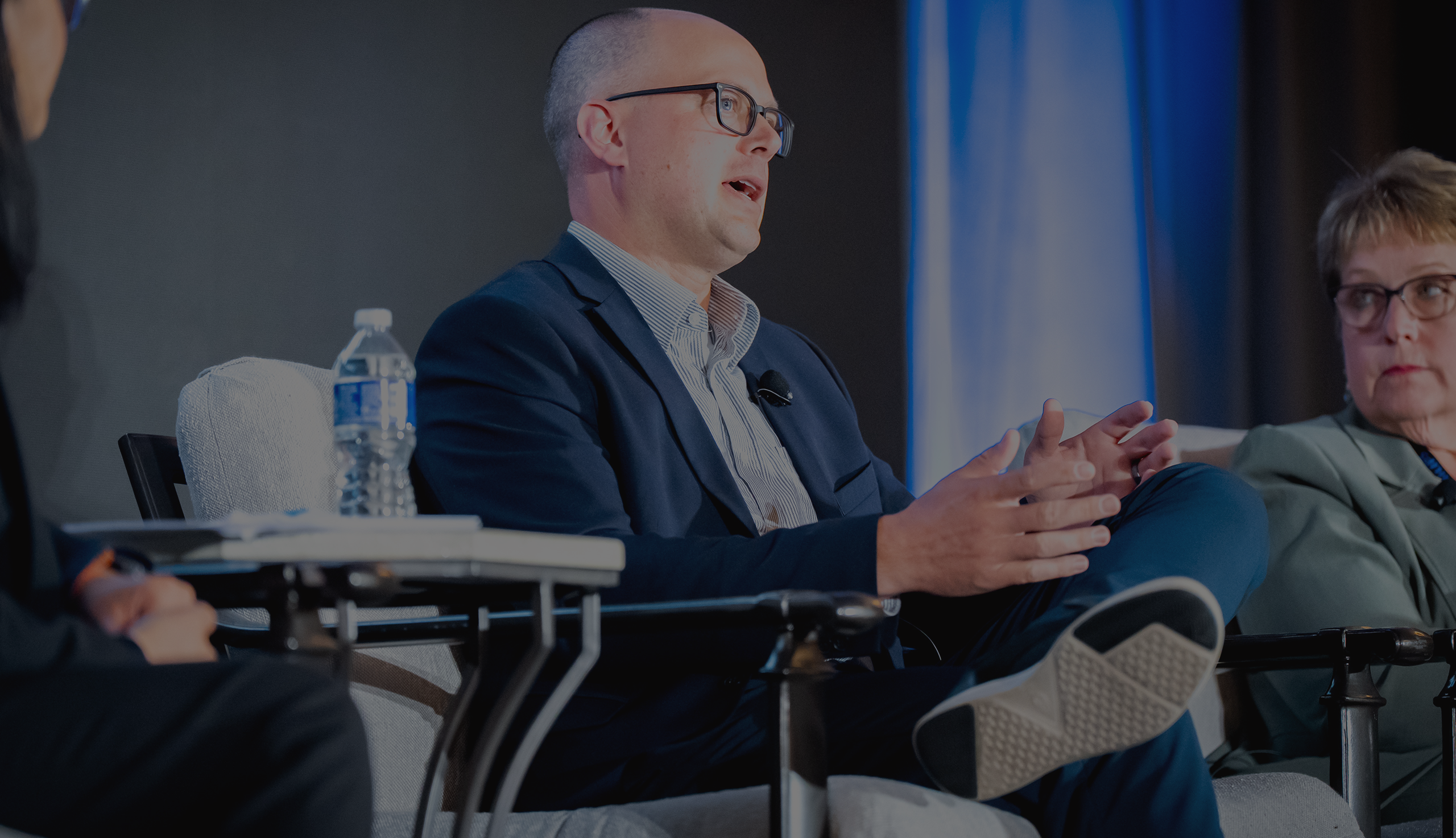
Balancing innovation and financial resilience
Healthcare Partnership Network USA, July 9-11 2025
At HPN San Diego, we heard from Crystal Broj, Enterprise Chief Digital Transformation Officer at Medical University of South Carolina and Matt Scherer, Chief Financial Officer at MultiCare Health System who shared their perspectives on navigating the intersection of cutting-edge technology investments and financial sustainability.
During this engaging fireside chat, our speakers explored strategies to modernize systems, adopt advanced tools like AI, and spoke about the importance of fostering collaboration between technology and finance leaders to drive organizational success.
Here are the key takeaways from the discussion…
Finding the balance between innovation and growth
Balancing innovation with financial resilience is always a challenge, and with the internal and external pressures of the current healthcare system, it’s one that’s not going to get any easier. Despite being tasked with ways to cut the budget and save costs, healthcare leaders also need to innovate. And as we all know, innovation requires investment. As Matt explained:
‘I think it’s about finding that balance of where you find ways to innovate, grow, and invest, because it does take investment. I think if you’re not innovating, you’re going to get left behind. I think of things like growth and efficiency and finding ways to do things differently, even if there’s an upfront cost. How do you find a way to make sure that you’re continuing to invest? Because if you don’t – you’re going to be left behind.’
Crystal agreed, stating explaining the back and forth between leadership and finance:
I think most finance people understand that at their core that we have to invest or we are going to get left behind. But it’s really hard… it’s like a dance or a tango with a CFO to explain how you get there. They know we have to innovate, but we have to show promise, and they really want to see, at least in our organization, within six months of implementing that you’ve saved dollars or you’ve made money, or you’ve done something. It takes some time for us to get to that point. So, it’s a dance more than a balance, I think.’
Making the case for innovation
So, how can healthcare leaders get buy-in for their innovation projects?
According to Crystal, it’s about starting with a clear hypothesis and establishing measurable goals. Speaking about her access work, Crystal spoke about the use of AI and the impact of hard numbers when showing the value of her projects.
She explained, ‘You have to start by going, ‘I’m going to start with this, I’m already measuring it. I can measure it afterwards, and we can see the change from that.’ Matt agreed, stating:
I think if something’s measurable and has data, then we can get to an ROI. That’s how I feel like we can build that relationship and get to a yes. If there’s not ROI and I think about things like cost avoidance or some of the softer cost savings … I think about a roadmap. What’s the strategy? What are the goals? How do you create that alignment?’
When it comes to enabling faster change, Matt stressed the importance of collaboration, relationship building, and getting buy-in from senior stakeholders:
‘If you have buy-in from the full C-suite, everything moves so much more smoothly. The thing that really jumps out to me is having the relationships… you have that relationship where you’ve done work together, you know that you’re aligned, you have the overarching alignment… that you’re really rowing in the same direction. I think that gets everyone to a starting place where you’re able to move faster from day one.’
Crystal also talked about the importance of fostering relationships, and keeping your stakeholders in the loop:
‘For those of you that are in healthcare, as you do your digital transformations, keep track of that. Keep publishing that to your C-suite so they see the effects that you’re having.’
AI innovation and sleeper successes
While innovation is often associated with big flashy projects, our panellists highlighted instances where small changes have made a huge impact.
Crystal recalled a time when her organization sent a reminder to patients to make mammogram appointments.
‘We started sending out messages to women that were short for mammograms. We sent over 2,000 messages… what we found was out of those 2,000, 200 women had abnormal findings, and they had to come back and get additional help. And that’s a sleeper thing that I was like wow, we’ve saved lives with this technology on top of everything else. And that’s why we’re all in healthcare because we’re passionate about doing that. The tech just serves to help.’
This example showed that innovation can come in all shapes and sizes and still make a huge difference – even save a life.
Join our future discussions
A big thank you to our speakers Matt and Crystal for sharing their insights.
If you want to take part in future discussions, register your interest to join us at HPN USA 2026!